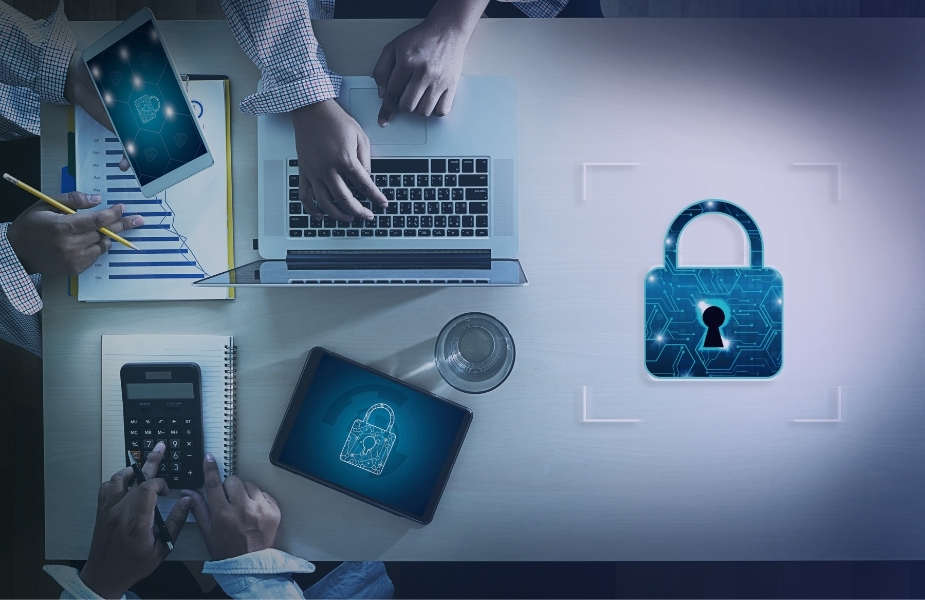How Security Operations Centers Safeguard Your Digital Assets
Digital threats are persistent and developing, requiring alert and all-encompassing defenses. For many companies, the Security Operations Center (SOC) forms the center of these protections. A SOC is not only a team or a facility; rather, it has a vital role spanning several aspects of cybersecurity initiatives, including constant monitoring, detection, analysis, and response to cyber threats, thereby guaranteeing the security and integrity of data and systems. This is a detailed analysis of the elements that make a SOC the pillar of strong cybersecurity.
Core Functions of a SOC
At its core, the SOC fulfills three important responsibilities in the defense against cyberattacks:
- Threat Detection:
SOC analysts closely monitor network traffic, evaluate system logs, and react to security alarms, combining human knowledge with advanced technologies to find possible hazards. This proactive strategy helps find abnormalities suggesting a breach or attack. They improve the capacity to prevent possible hazards by using sophisticated analytical techniques that sort through vast volumes of data to identify trends in hostile behavior. This constant and thorough observation could perhaps lessen the impact of cyberattacks by allowing for faster responses. - Incident Response:
As soon as a security problem arises, the SOC takes charge, swiftly attempting to manage risks, reduce harm, and resume regular operations. Minimizing the aftermath of assaults depends on efficient incident response, which requires careful planning and coordination. The SOC collaborates closely with several divisions to ensure that the company’s reaction is consistent and efficient in all areas. They also do post-incident analyses to learn from the intrusion and enhance the next reactions, therefore strengthening the general security posture. - Continuous Security Monitoring:
The SOC offers round-the-clock monitoring of an organization’s IT system. Through this ongoing surveillance, vulnerabilities are found and resolved before they are taken advantage of by hostile agents. Constant updating and modifying their security policies depending on the most recent threat intelligence helps SOCs respond to emerging new hazards. Maintaining a current defense against cyberattacks and guaranteeing system integrity depends on this proactive monitoring. - In-depth Security Analysis:
Post-incident in-depth security investigation helps the SOC to identify the attack routes used and strengthen defenses against the next events. Improving threat prevention plans and increasing the resilience of the company depends on this kind of study. By use of these thorough investigations, the SOC can find and fix security flaws as well as modify rules to stop such weaknesses. Moreover, acquired knowledge is included in the security systems of the company, thereby supporting ongoing defensive strategy development. - Compliance and Governance:
SOCs are especially important in ensuring companies follow legal and regulatory norms given growing regulatory expectations. Protection of private data and avoidance of large fines depend on this ability. Regular audits help to verify compliance since the SOC ensures that all data security policies either satisfy or surpass legal criteria. They also are rather important in teaching staff members all around the company about compliance criteria, thereby reducing non-compliance hazards.
The Backbone of a SOC
An effective SOC relies on a multidisciplinary team, each member bringing specialized knowledge and skills:
- Security Analysts monitor systems and analyze anomalies to catch threats before they escalate.
- Incident Responders are the rapid reaction force, skilled in the art of cyber firefighting.
- Threat Hunters proactively search for hidden threats that evade traditional detection methods.
- Compliance Officers ensure all systems align with relevant laws and industry standards.
- SOC Managers oversee operations, ensuring the team is primed to protect the organization’s digital assets effectively.
The Rise of SOCs in Cybersecurity
The function of the SOC is becoming more important as cyber threats get more advanced. Companies have to make sure their SOC consists not only of tools but also of appropriate strategies and qualified experts. Along with investments in modern technologies, ongoing education helps to improve the SOC’s capacity to guard against not just present hazards but also upcoming ones.
Conclusion:
Any company serious about cybersecurity must first understand the vital role and purposes of a Security Operations Center. Whether you want to build a SOC or improve an existing one, it’s important to make sure your SOC has the tools, personnel, and policies required to appropriately identify, investigate, and handle events. Recall that proactive cybersecurity actions like a good SOC are not optional in the digital era; rather, they are necessary to protect your most important digital assets against ever-complex cyberattacks.
Is your company’s digital defense equipped to withstand the complexities of today’s cyber threats? Discover how Protecxo can fortify your cybersecurity posture, offering tailored solutions that integrate seamlessly with your current strategies.
